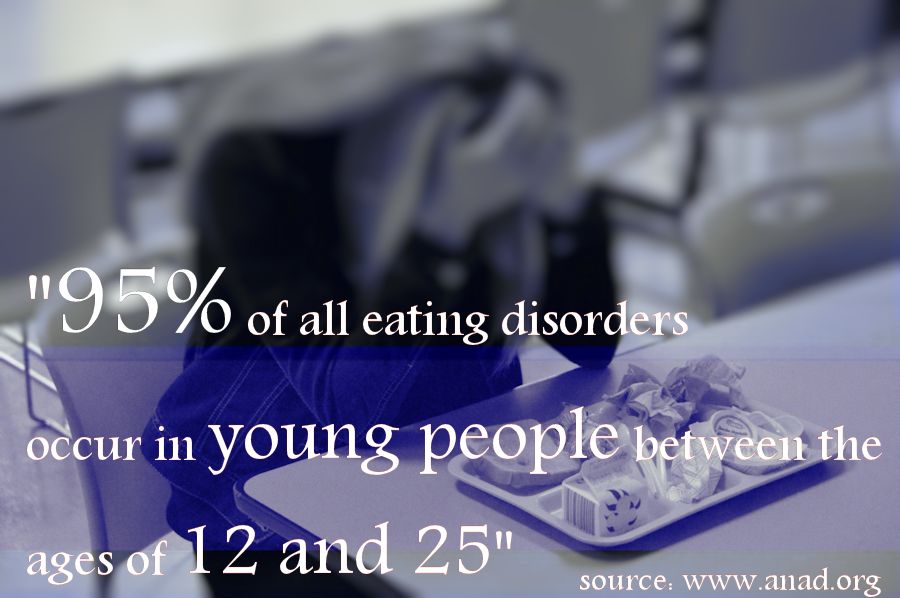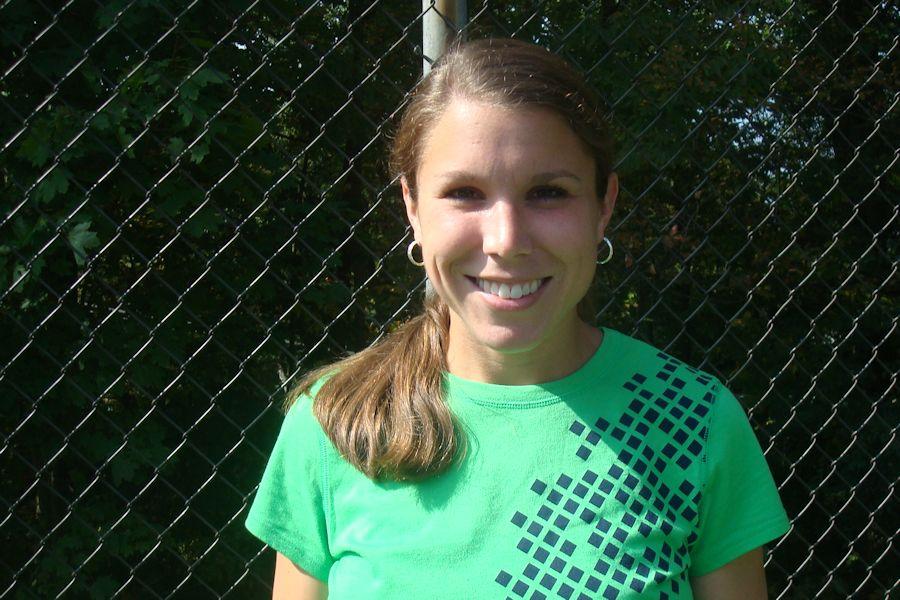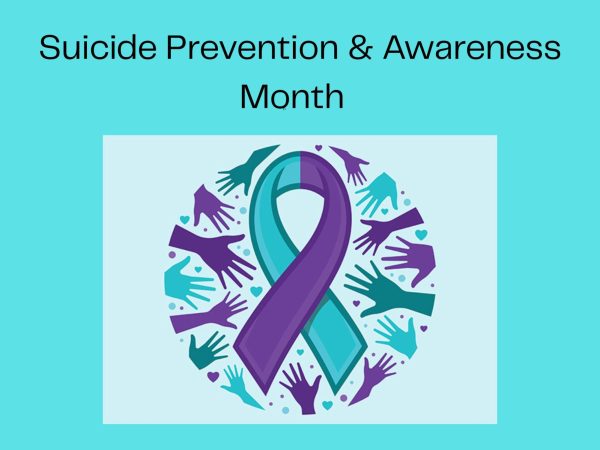Student shares her personal battle with eating disorders
According to the National Eating Disorders Association, in the United States 10 million men and 20 million women will suffer from an eating disorder at some point in their life.
Kelly’s* struggle began in 9th grade gymnastics when her coach told her that in order to be a better gymnast she should weigh 80 pounds.
To attempt to reach her goal Kelly did many things that turned her life inside out, including an ongoing struggle with an eating disorder.
“When I’m upset I don’t want to eat,” said Kelly.
As a result, she would throw up her dinner every night.
Kelly soon developed an obsession with counting calories, and when she went over a certain number, she’d get very upset.
She also abused Adderall, a drug first prescribed to her for attention deficit disorder.
While the drug did help her ADD, she primarily used it to lose weight. One of the main side effects of Adderall include loss of appetite and weight loss.
“In just two and a half weeks I dropped 15 pounds,” she said.
Kelly did anything that she believed would suppress her appetite, including taking up smoking. She never thought she’d become addicted to cigarettes, but if it kept her from eating, she did it.
Things got so bad that she even attempted to take her own life.
Grossly “falling” into a knife, Kelly remembers hugging her siblings beforehand. Her mom overheard the commotion and took her to the hospital.
Kelly then went to an in-patient rehab center and was treated for the suicide attempt and her eating disorder.
While in rehab, Kelly had some life changing experiences.
Another patient, not much older than Kelly, wanted to throw a chair out the window and jump out. He told Kelly that “they” were telling him to jump. When Kelly asked who “they” were, he said “the people inside my head.”
She later learned that he was a schizophrenic.
Kelly soon realized that her life was not as bad as she had thought.
“It was scary not seeing my family,” said Kelly.
Thanks to the treatment she received in rehab, she overcome her suicidal thoughts. Rehab also helped, but did not cure, her eating disorder.
One of the underlying problems that Kelly believes caused her eating disorder is her desire to fit in.
“Body image was always a problem with me,” Kelly said, “I was built like a little boy and I wanted to look older.”
At first Kelly was unsure if she should tell anyone about her eating disorder or her time at the rehab center because she didn’t want people to think differently of her or think that she was “crazy.”
“But now I feel more positive about myself,” said Kelly.
Because of her past, she doesn’t want people to feel bad or look at her in different ways.
According to Kelly, this isn’t something that she does to get people’s attention. She’s always been in competition with her weight. She doesn’t want to be “that girl,” the one everyone says has “a lot of meat on her bones.”
“I tried to keep it a secret,” Kelly said, “people would always tell me I look thinner.” But when people tell her this, she never knows if they mean it in a good way, or if they mean that she looks “sickly” thin.
Kelly’s doing better but her struggle with eating disorders is far from over.
“My mother always says weight is just a number, but I think it’s so much more than that,” said Kelly.
“It’s scary not to eat, you’re depriving your body and it goes into starvation mode, but it’s also scary to get back into [the routine of eating],” she explains.
“If you want to be thinner, do it the right way,” said Kelly, “If your not comfortable with your weight, try to lose it through exercise and eating right.”
“I still monitor my eating but I definitely eat more than I used to,” said Kelly.
How to get help
If you know someone who you suspect might have an eating disorder, here’s some tips on what you should do when approaching the subject:
Don’t make a sudden decision.
You can’t always tell just by looking at someone if they have an eating disorder.
There’s many signs to watch for, including friends or family members, weight loss or gain, wearing loose clothes to hide the figure, showing new or diverse behaviors around food, and having an intense exercise routine, regardless of weather, illness, injury or fatigue.
Tell the truth.
Make sure your speech isn’t judgmental. Just simply put your hand out and say, “I’m concerned about you.” The real key is to make it clear that you’re there to help them, not to blame.
Don’t just blurt out “Oh my, look at all that weight you’ve lost.” That is a very unpleasant way to approach your friend. Also, shy away from “you” statements like “you’re acting irresponsibly.” Center on statements using “I” as in “I’m worried about you because you’re not eating,” for example. This will help with you not putting any fault, blame or guilt on your friend.
It’s not your job to fix your friend.
Your only job is to BE THERE for them. It may make you feel helpless, but it’s no more helpless than they feel every moment they live within their problem. But if you’re not able to be there, listen, or to offer whatever help they are asking for, it’s most likely better to let go and show them compassion in different ways.
Use the Internet.
Learn as much as you can about eating disorders. A great place to start is the website of the National Eating Disorders Association. If you know different ailments like anorexia and bulimia, you’ll better comprehend what your friend is going through and be able to aid them in a meaningful manner. If you friend’s open about it, don’t preach, just tell what you know about what you’ve learned.
When people have mental health problems, they’re most likely to turn to friends for support. But one problem faced by people with eating disorders are issues of low self-esteem, so knowing that person has a friend to support them can make a world of difference.
* “Kelly’s” name has been changed to protect her privacy.

My name's Carly Crofcheck. I've been in the Tyrone Eagle Eye for four years and I'm a Senior at TAHS. Last year I was the Editor in Chief, this year...















cheyanne robinson • Apr 11, 2014 at 2:40 pm
i have always wished to only eat one meal every day because so i can loose wieght